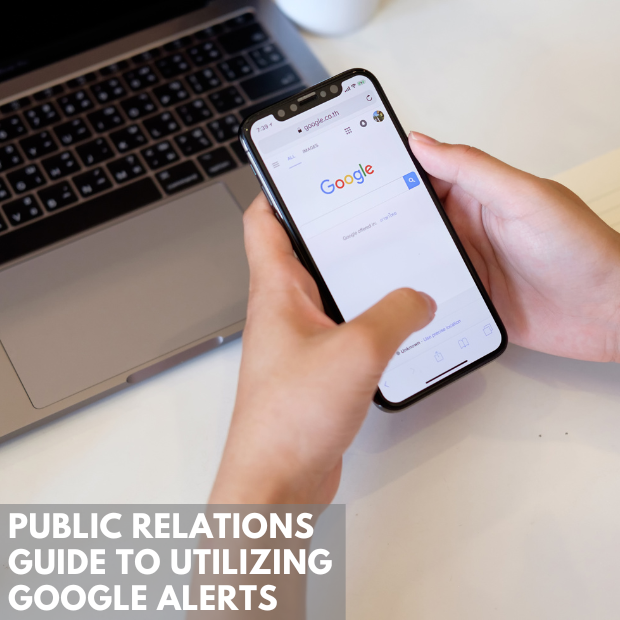
5 Technologies That Will Change How You Do Public Relations
Technology is evolving all the time and affecting all of the industries that rely on it. The world of PR is no exception.
Anticipating how technology will evolve in the years to come and how to leverage various technologies in your PR strategy is crucial if you want your brand to stay relevant. Below are 5 technologies that will change how you approach public relations. These should be on the frontline of your strategy if you want to stay ahead of the competition.
Social Networks
Social media’s growing popularity has been one of the primary tools that PR professionals use worldwide. There are no inclinations of it changing anytime soon.
With some platforms, like Facebook and Twitter, experiencing some declines in recent years, the gap has been filled with new giants, like Snapchat, Reddit, and LinkedIn. However, the distribution channels of these platforms have evolved over the past decade and so have the PR departments that rely on them.
In general, there has been a major shift from organic to paid content. This means PR professionals have to regularly revise their budgets allocated to paid media.
The rise of social media messaging tools has given the PR industry a whole new channel to reach potential customers. This trend will likely become a crucial PR strategy as 62% of millennials feel more loyal to brands that message them on social media.
In addition, PR professionals have started using social media as a way to monitor brand reputation and news. Social platforms are an effective way of connecting and communicating with your audience. As such, monitoring social media helps PR professionals to get an idea of what people think about a brand so that they can adjust their strategy accordingly.
Artificial Intelligence
Artificial intelligence (AI) is a technology that aims to mimic what humans do, think, and say. It is anticipated that AI will have infiltrated every industry and aspect of society in 30 years’ time. This means that the PR world will also need to adapt and probably use AI for various purposes.
For example, you could use AI to leverage millions of gigabytes of data in real-time to write insightful copy and target audiences in a much more sophisticated way – without human assistance.
Analyzing Information
The rise of AI is deeply intertwined with the development of big data. Big data refers to the minefield of structured and unstructured information that is available for organizations to comb through for valuable insights.
For companies to intimately know their audience’s needs, wants and preferences, they will need to use AI tools to comb through large amounts of data and provide highly targeted content to users.
Since PR relies heavily on expertly crafted communication, this ability will become quite crucial in any PR strategy. Today, big tech companies, like Facebook, are already doing this. They target users through ads and content that are tied to their likes and dislikes. However, in a few years’ time, we will likely see this trend in PR around the world.
Compared to other platforms, email has seen little innovation in recent years. However, certain future advancements will keep this platform relevant.
In the next few years, we can expect increasing personalization and targeting through the use of big data. This will enable PR professionals to send highly targeted emails to potential leads and recurring customers.
Email will also become more interactive, featuring highly clickable elements, which will boost engagement. Increased automation is also on the horizon, with greater leveraging of information and natural language processing.
This will take much of the monotonous work off of the hands of PR professionals. It will allow them to focus their energies on problem-solving tactics and industry analyses.
Video Content
Since the emergence of Web 2.0, video content has ruled on the majority of social media platforms. According to research, 60% of millennials prefer to watch a video rather than read a newsletter. Additionally, 56% of consumers believe that if a company has a website, it should have a video.
Many businesses and organizations have had immense success communicating via video, particularly by producing video news releases (VNRs) and brand journalism videos.
With live streaming also gaining popularity, audiences now have the opportunity to tune into events as they are happening. They can experience raw, unfiltered imagery of the topics they are interested in.
So, for PR professionals to stay relevant, they will have to leverage these cutting-edge technologies. This will help them to accurately communicate their organization’s PR content more effectively.
In Conclusion
If PR professionals want to continue in their quest to reach and retain customers, they will have to form their strategy around the technologies available to them. This also entails keeping up with the evolution of the tech industry and using innovative ways to tell your brand’s story.








